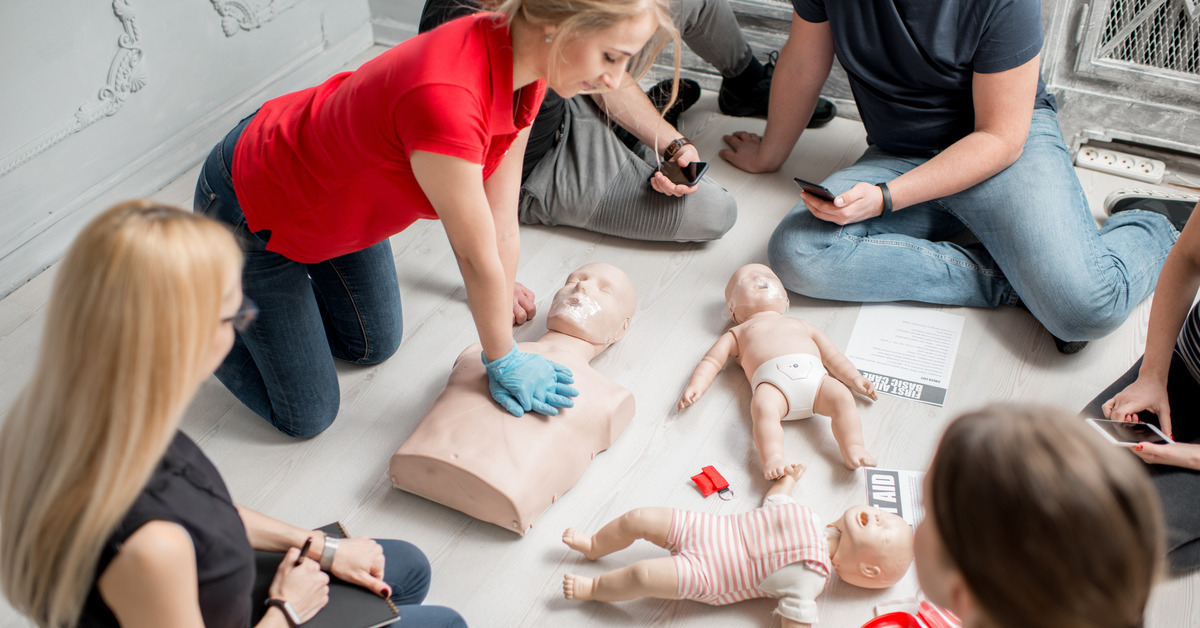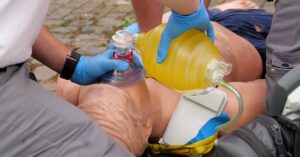High schools must integrate cardiopulmonary resuscitation (CPR) training into their curricula to equip students with skills that prepare them to act quickly in emergencies. Discover reasons to include CPR training in a high school curriculum, and learn practical steps to implement it at your school.
Develop Essential Life-Saving Skills
Every year, bystanders perform CPR on victims of cardiac arrest or other conditions outside hospitals, significantly boosting their survival rates. High school administrators should offer CPR training so students can acquire these skills. Then, they will be prepared for emergencies at home, school, or anywhere in their communities.
Build Confidence and Preparedness
CPR training boosts students’ confidence and readiness to tackle crises. These skills empower them beyond physical abilities, fostering mental resilience and decisiveness in high-pressure situations. CPR education prepares students for real-world scenarios by instilling confidence that extends into their personal lives.
Enhance Community Involvement
When students learn the importance of their societal roles, they can become proactive members of their communities who contribute to safer environments. CPR training nurtures civic duty values and encourages students to help their communities.
Integrate Practically Into Health Education
By incorporating CPR training, schools optimize health and science education with practical applications of theoretical knowledge. Students deepen their understanding of human physiology and biology, making lessons more engaging. CPR training can also spark interest in healthcare careers, guiding students toward professions in medicine, nursing, or emergency services.
Logistics for On-Site Training
High school administrators can provide on-site CPR training by collaborating with trusted CPR educators, such as CPR123, to make participation convenient and accessible. Administrators also have the opportunity to deliver high-quality instruction and integrate training into health classes or workshops by removing barriers and creating a conducive learning environment.
Create Lifelong Skills
CPR training provides students with enduring skills that prove beneficial beyond the classroom. These competencies have value in both personal and professional contexts, helping students become well-rounded individuals. By implementing CPR training into the curriculum, educators support the life-long success of students.
Engage Parents and Community
High school administrators could involve parents in CPR training initiatives to strengthen partnerships between schools and families. By hosting family-oriented CPR sessions, administrators promote skills acquisition in the broader community, emphasize the importance of CPR, and foster collective emergency readiness.
Overcome Implementation Challenges
High school administrators can implement CPR training in many ways. Funding opportunities exist through grants or partnerships with local organizations, and students can advocate for policy support to facilitate integration. By addressing obstacles, CPR training can occur without financial strain.
Educators should connect with local healthcare organizations and certified training providers, such as CPR123, to implement CPR training. By understanding the many important reasons to include CPR training in a high school curriculum, students will gain life-saving skills.







